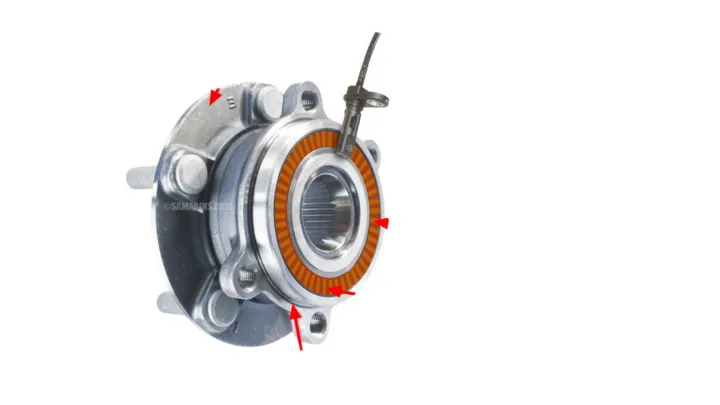
Trouble stopping your car might mean a bad ABS sensor. This little device is crucial for safe braking.
Your vehicle's Anti-lock Braking System (ABS) relies on sensors to work right. These sensors keep your brakes from locking up when you hit them hard. A faulty one can mean less control and longer stopping times. This can be scary and dangerous. Knowing the signs of a bad ABS sensor can save you from trouble. Your car might show warning lights or make unusual noises. Maybe it takes longer to stop. Or, you might feel the brakes acting weird. It's important to spot these signs early. This way, you keep your car safe and avoid costly repairs. Keep driving safe by learning these signs. This post will guide you through them. You'll learn how to spot a bad ABS sensor and what to do next. Let's keep those brakes in top shape!Introduction To Abs Sensors
ABS sensors are crucial for modern cars. They keep braking safe and reliable. Let's explore their importance and how they function.Role Of Abs In Vehicle Safety
ABS, or Anti-lock Braking System, prevents wheel lock-up. This helps maintain steering control during an emergency stop. ABS sensors play a vital role in this safety feature. What Is an ABS Sensor?What Is An Abs Sensor?
ABS sensors are electronic devices on each wheel. They monitor wheel speed and send data to the ABS control unit. The system then adjusts brake pressure to prevent lock-up.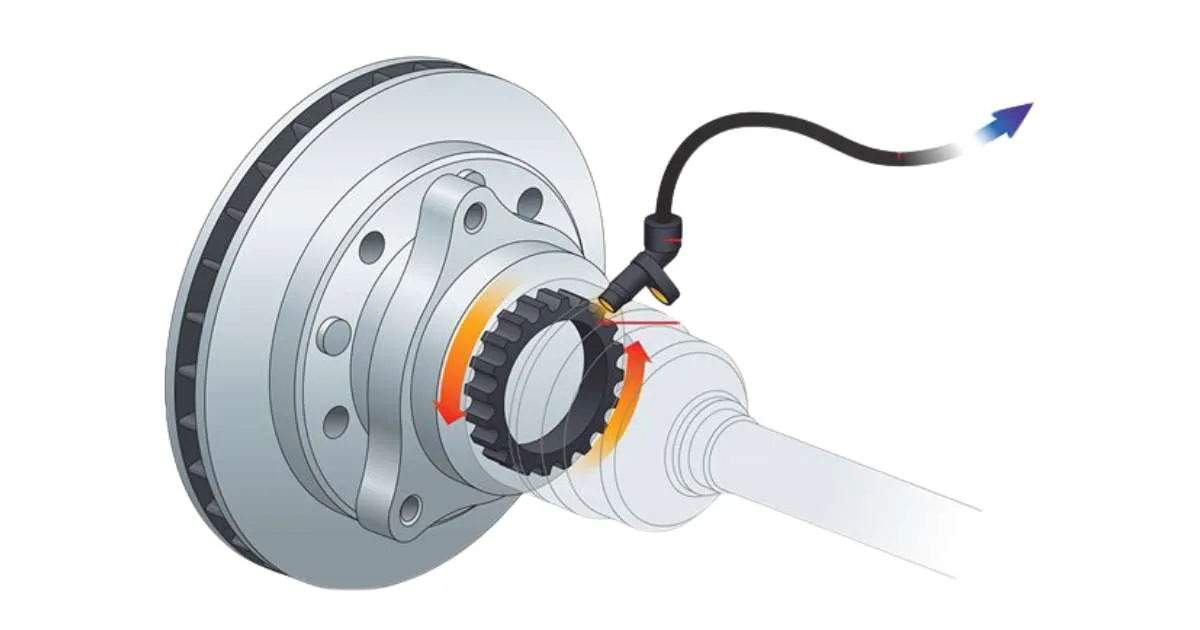 Common Symptoms Of A Failing Abs Sensor
Common Symptoms Of A Failing Abs Sensor
Common Symptoms Of A Failing Abs Sensor
Understanding the common symptoms of a failing ABS sensor is crucial. This knowledge can save time and money. Here, we discuss signs indicating a bad ABS sensor.Illuminated Abs Light
One clear sign is the ABS light on your dashboard. When it lights up, it often means trouble. This light should not be ignored. It suggests the ABS sensor might not work right.Brake Pedal Issues
Another symptom is problems with the brake pedal. These can include:- A pedal that feels spongy or less responsive.
- Strange noises when you press the pedal.
Loss Of Anti-lock Brakes
Lastly, losing anti-lock brake functionality is a serious sign. You might notice this during sudden stops. Instead of pulsing, the brakes lock up. This means the sensor isn't sending the right signals.Abs Sensor Malfunction Indicators
Your vehicle's Anti-lock Braking System (ABS) plays a vital role in driving safety. The ABS sensor, also known as the wheel speed sensor, monitors the rate at which your wheels are rotating and sends this information to the ABS control system. If this sensor fails, it could lead to serious safety issues. Here are key signs to look out for:Inconsistent Wheel Speed Readings
Erratic ABS light: The ABS warning light on your dashboard may flicker or stay lit if sensor readings are off. Braking issues: You might notice that your brakes lock up or engage erratically during normal driving conditions.Traction Control Errors
- Traction alert: The traction control light may turn on indicating a problem with the ABS sensor.
- Slippery grip: Your car might struggle for traction, especially during acceleration or in poor weather conditions.
Unusual Noises During Braking
Grinding sounds: A damaged ABS sensor can cause a grinding noise when you apply the brakes. ABS activation noise: You may hear the ABS system engaging unnecessarily, often due to faulty sensor signals.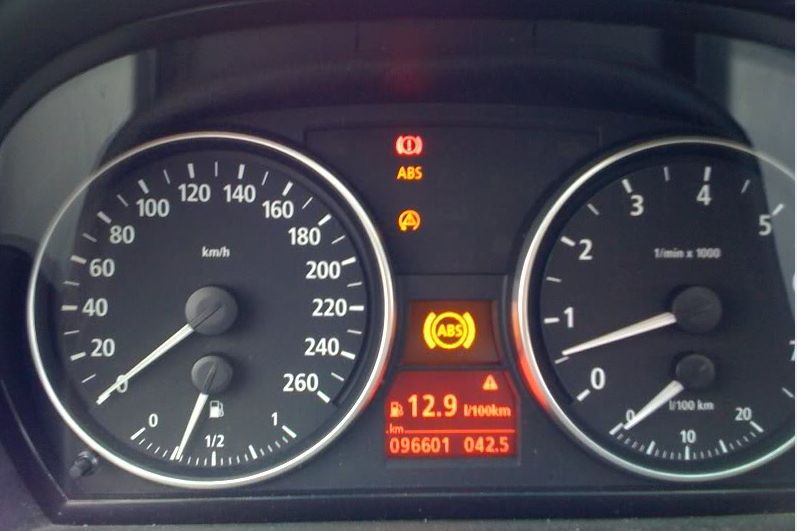 Credit: holsteinparts.com
Credit: holsteinparts.com
Troubleshooting Abs Sensor Problems
Your vehicle's Anti-lock Braking System (ABS) is crucial for safe driving. A faulty ABS sensor can lead to brake failure or other issues. Spotting a bad ABS sensor early can save time and prevent accidents. Follow these steps to troubleshoot ABS sensor problems effectively.Visual Inspection
Start with a visual check. Look for these signs:- Damage: Check the sensor for cracks or damage.
- Corrosion: Look for rust or corrosion on the sensor tip.
- Debris: Ensure the sensor is free from dirt or grime.
- Wiring: Inspect wires for wear or disconnection.
Using A Diagnostic Scanner
Plug in a diagnostic scanner. Follow these steps:- Connect the scanner to the OBD-II port.
- Turn on the ignition, but don't start the engine.
- Read the ABS codes.
- Look for codes indicating sensor issues.
Testing Sensor Resistance
Measure the sensor's resistance. Follow this guide:| Step | Action |
|---|---|
| 1 | Disconnect the sensor. |
| 2 | Set a multimeter to resistance mode. |
| 3 | Touch the probes to sensor terminals. |
| 4 | Read the resistance value. |
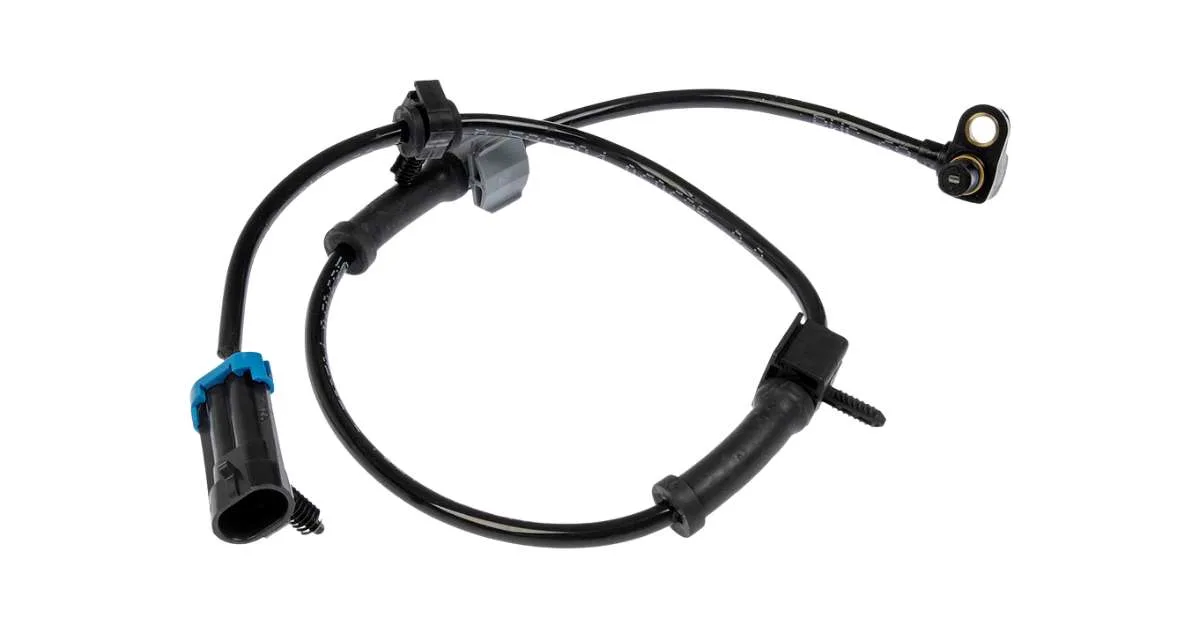 The Effects Of A Bad Abs Sensor On Driving
The Effects Of A Bad Abs Sensor On Driving
The Effects Of A Bad Abs Sensor On Driving
Understanding the impact of a bad ABS sensor on driving is crucial. A faulty sensor leads to several problems. These affect how the car stops and moves. Let's explore these effects in detail.Compromised Braking Performance
A bad ABS sensor changes how brakes work. Brakes may not respond well. This makes driving risky. The car might not stop when you want it to.Increased Stopping Distances
Stopping takes longer with a faulty sensor. This means you need more space to stop safely. It's especially dangerous in emergencies.Reduced Traction Control
Traction control keeps the car steady on slippery roads. A bad sensor weakens this control. The car might slide or skid. This is scary and unsafe.Replacing Your Abs Sensor
Knowing when to replace an ABS sensor is crucial. This sensor ensures your brakes work safely. Let's guide you through signs and steps for a successful replacement.When To Consider Replacement
Your car shows clear signs when the ABS sensor fails. Watch for the ABS light on the dashboard, brakes that skid, or less stable braking. These symptoms suggest it's time for a sensor check.Diy Vs. Professional Service
Changing an ABS sensor can be a simple task. But, it requires technical knowledge. Feel confident with car repairs? You might manage it yourself. Not sure? A professional mechanic can help. They have the right tools and know-how.Cost Expectations
The cost to replace an ABS sensor varies. It depends on your car model and the service you choose. Typically, parts range from $20 to $100. Labor adds more. A pro might charge $80 to $120 for the service. Remember, this is an investment in safety.Preventive Measures And Maintenance
Preventive Measures and Maintenance play a key role in ensuring your vehicle's ABS sensor stays in good shape. Follow these steps to avoid common issues.Regular Cleaning
Dirt and debris can harm your ABS sensor. A clean sensor works best. Use a soft brush and cloth to gently clean it. Do this every few months.Periodic Checks
- Inspect wires for damage.
- Check the sensor's position.
- Look for wear and tear.
Understanding Warning Signs
Learn what your car tells you. Common signs include:- Brake lights stay on.
- ABS light turns on.
- Brakes take longer to stop.
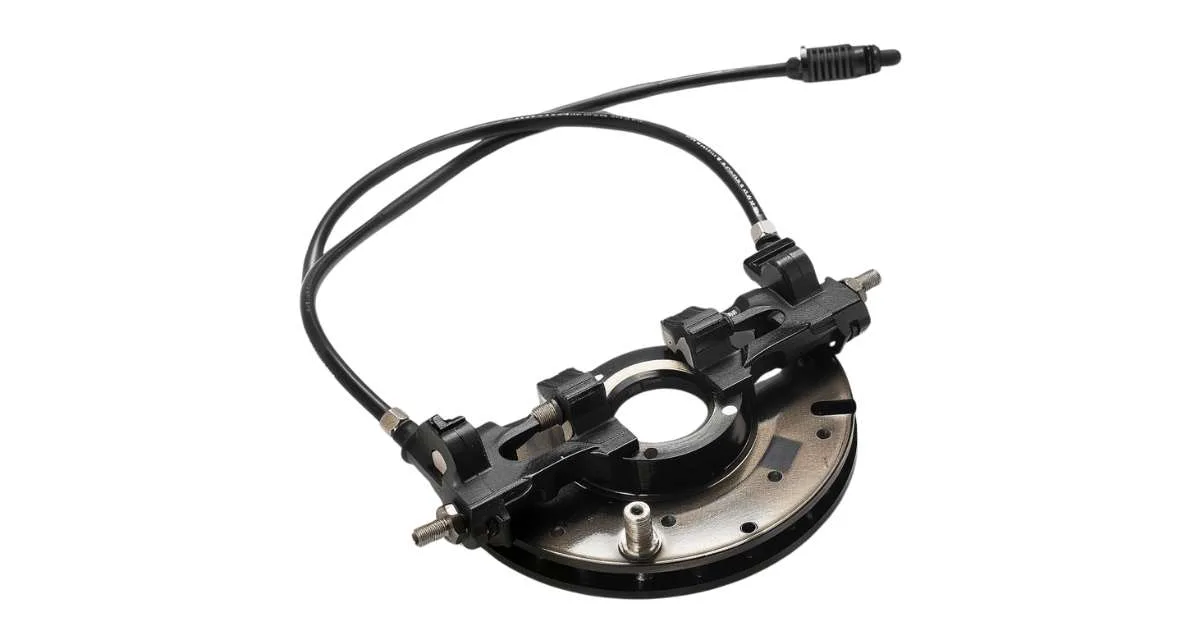 Faqs About Abs Sensors
Faqs About Abs Sensors
Faqs About Abs Sensors
When your car's ABS light turns on, it's time for some answers. Your ABS sensor plays a crucial role in vehicle safety, helping to prevent wheel lockup during braking. Here are common questions about ABS sensors, answered simply for clearer understanding.Can I Drive With A Bad Sensor?
Driving with a faulty ABS sensor is risky. It can reduce brake performance. For safety, get it checked soon.How Long Do Abs Sensors Last?
ABS sensors typically last between 30,000 to 50,000 miles. But driving conditions can affect their lifespan.Are All Abs Sensors The Same?
No, ABS sensors vary by car make and model. Always choose the right type for your vehicle.Frequently Asked Questions
What Are The Signs Of A Bad Abs Sensor?
A bad ABS sensor typically results in warning lights on the dashboard, unresponsive brake pedals, and brakes locking up. These symptoms can lead to decreased brake performance and increased stopping distances, affecting your vehicle's safety.How Does A Faulty Abs Sensor Affect Driving?
Driving with a faulty ABS sensor compromises brake efficiency, potentially causing erratic ABS activation or none at all. This can lead to unpredictable vehicle behavior, especially under hard braking or on slippery surfaces, elevating the risk of accidents.Can I Drive My Car With A Bad Abs Sensor?
While driving with a bad ABS sensor is possible, it's not advisable. A malfunctioning sensor affects the anti-lock braking system, reducing the control you have over your vehicle during emergency stops, thus increasing the risk of collision.How Do You Test An Abs Sensor?
Testing an ABS sensor involves using a multimeter to measure its resistance and comparing the reading to the manufacturer's specifications. Additionally, a visual inspection for damage or dirt and checking for error codes with an OBD-II scanner can help diagnose issues.Conclusion
Recognizing a faulty ABS sensor is crucial for your vehicle's safety. Look for warning signs like the ABS light on your dashboard or brakes that are less responsive. These symptoms suggest it's time to check your sensor. Regular maintenance keeps your car running smoothly. Don't wait for a breakdown to take action. Stay safe on the roads by addressing ABS sensor issues promptly. Remember, your safety is paramount. Drive with confidence, knowing your ABS system is in top shape.Disclosure
Some links may be affiliate links. That means we may earn a small commission at no extra cost to you.